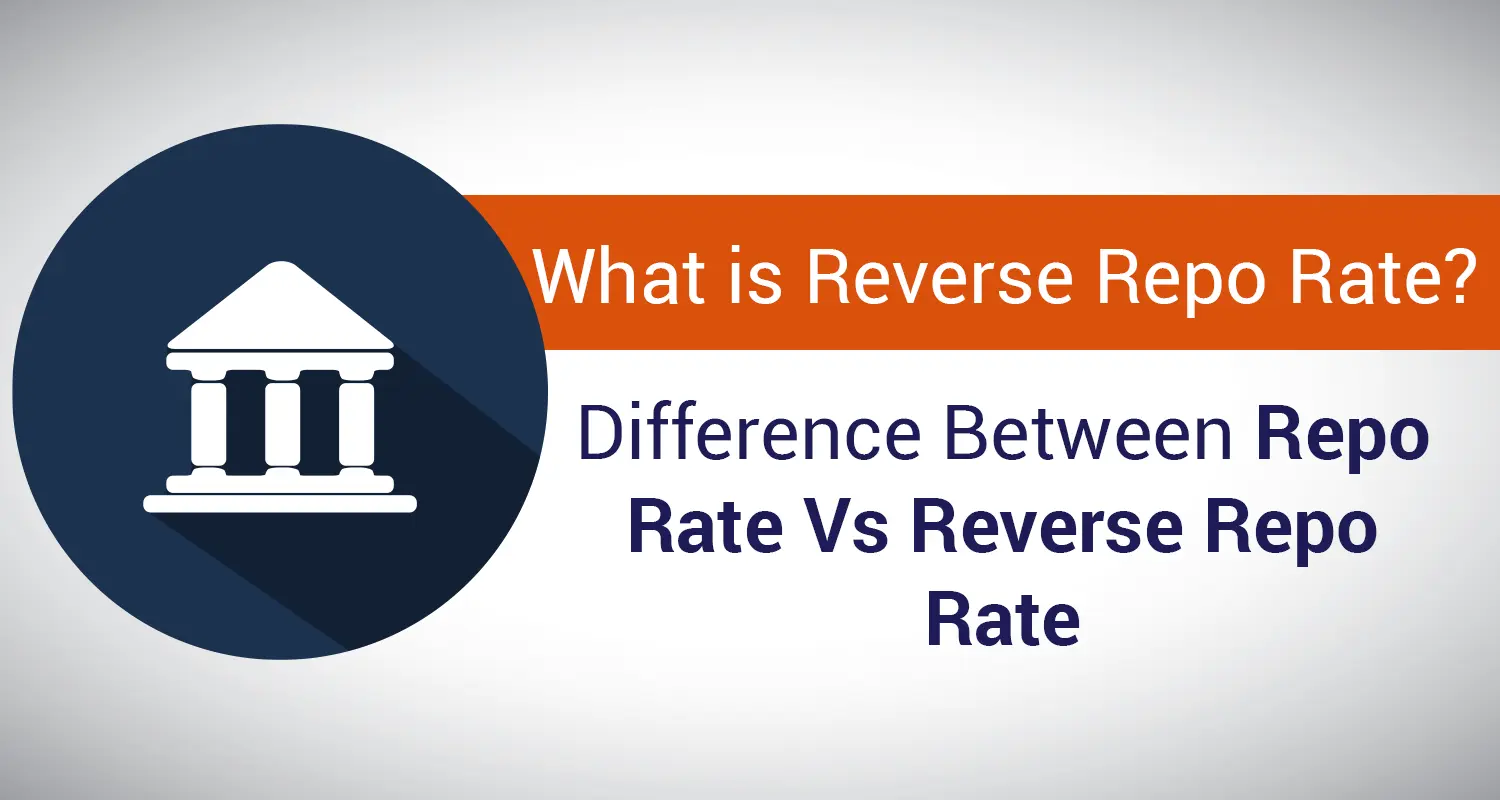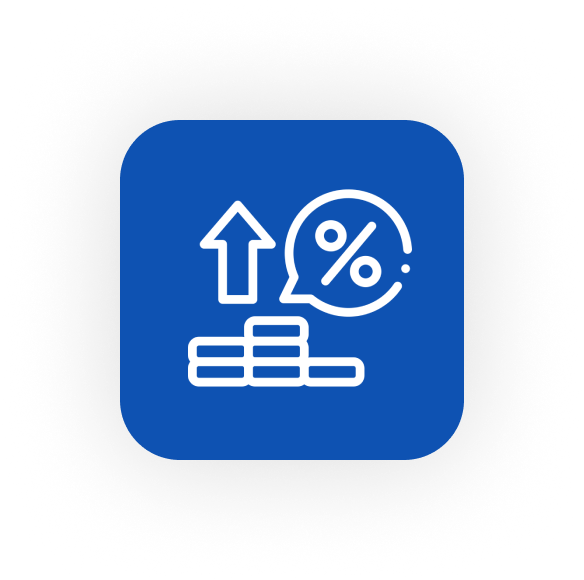Repo Rate and Reverse Repo Rate:
Both repo rate and reverse repo rate are tools used by the Reserve Bank of India (RBI) to control liquidity and interest rates in the economy. They are vital components of the monetary policy and play an essential role in managing inflation and economic growth.
Repo Rate:
-
Definition: The repo rate is the rate at which the Reserve Bank of India (RBI) lends money to commercial banks for short-term loans, typically overnight, against government securities as collateral.
-
Purpose: The repo rate is used to inject liquidity into the banking system when commercial banks are facing a shortage of funds.
-
How It Works: When banks face a liquidity shortage, they borrow money from the RBI by selling government securities. They agree to repurchase these securities at a later date, with interest at the repo rate.
-
Effect:
-
If the repo rate increases, borrowing becomes more expensive for banks. This can result in higher interest rates for loans like home loans, car loans, and personal loans.
-
If the repo rate decreases, borrowing becomes cheaper, which may lead to lower interest rates on loans, encouraging spending and economic growth.
-
Also Read: Is 2025 The Best Year to take Home Loan
Reverse Repo Rate:
-
Definition: The reverse repo rate is the rate at which the RBI borrows money from commercial banks. Banks deposit their excess funds with the RBI for short-term periods, usually overnight, at this rate.
-
Purpose: The reverse repo rate is used to absorb excess liquidity from the banking system. It is a tool to control inflation by reducing the amount of money circulating in the economy.
-
How It Works: When there is excess money in the market, the RBI offers to borrow funds from commercial banks at the reverse repo rate. In exchange, the banks park their surplus funds with the RBI.
-
Effect:
-
If the reverse repo rate increases, banks find it more attractive to park their excess funds with the RBI. This reduces the amount of money available in the banking system, potentially slowing down lending and reducing inflation.
-
If the reverse repo rate decreases, banks are less incentivized to keep funds with the RBI and may choose to lend more to the economy, boosting liquidity.
-
Key Differences Between Repo Rate and Reverse Repo Rate:
| Factor | Repo Rate | Reverse Repo Rate |
|---|---|---|
| Definition | Rate at which RBI lends money to commercial banks | Rate at which RBI borrows money from commercial banks |
| Purpose | To inject liquidity into the banking system | To absorb excess liquidity from the banking system |
| Direction of Flow | RBI → Commercial Banks | Commercial Banks → RBI |
| Effect on Lending Rates | When the repo rate rises, loan rates for consumers (home, car loans) may increase | When the reverse repo rate rises, banks park more money with RBI, reducing funds available for lending |
| Control on Money Supply | Affects the supply of money in the economy by making it easier for banks to borrow | Affects the supply of money by reducing the amount of money circulating in the economy |
| Impact on Commercial Banks | Banks borrow money from RBI at a higher cost when repo rates rise | Banks prefer parking surplus funds with RBI, earning interest on them at the reverse repo rate |
| Usage | Used to inject liquidity into the economy when necessary | Used to absorb excess liquidity from the economy |
Also Read: Latest RBI Guidenline for Home Loan in 2025
-
The repo rate is the rate at which RBI lends money to commercial banks to meet their short-term liquidity needs, and an increase in the repo rate makes borrowing costlier for banks and consumers.
-
The reverse repo rate is the rate at which commercial banks lend their surplus funds to RBI. It is used to control inflation by absorbing excess liquidity from the market.
Both rates are key tools of monetary policy to balance inflation, economic growth, and the stability of the financial system.
https://www.livehomes.in/blogs













